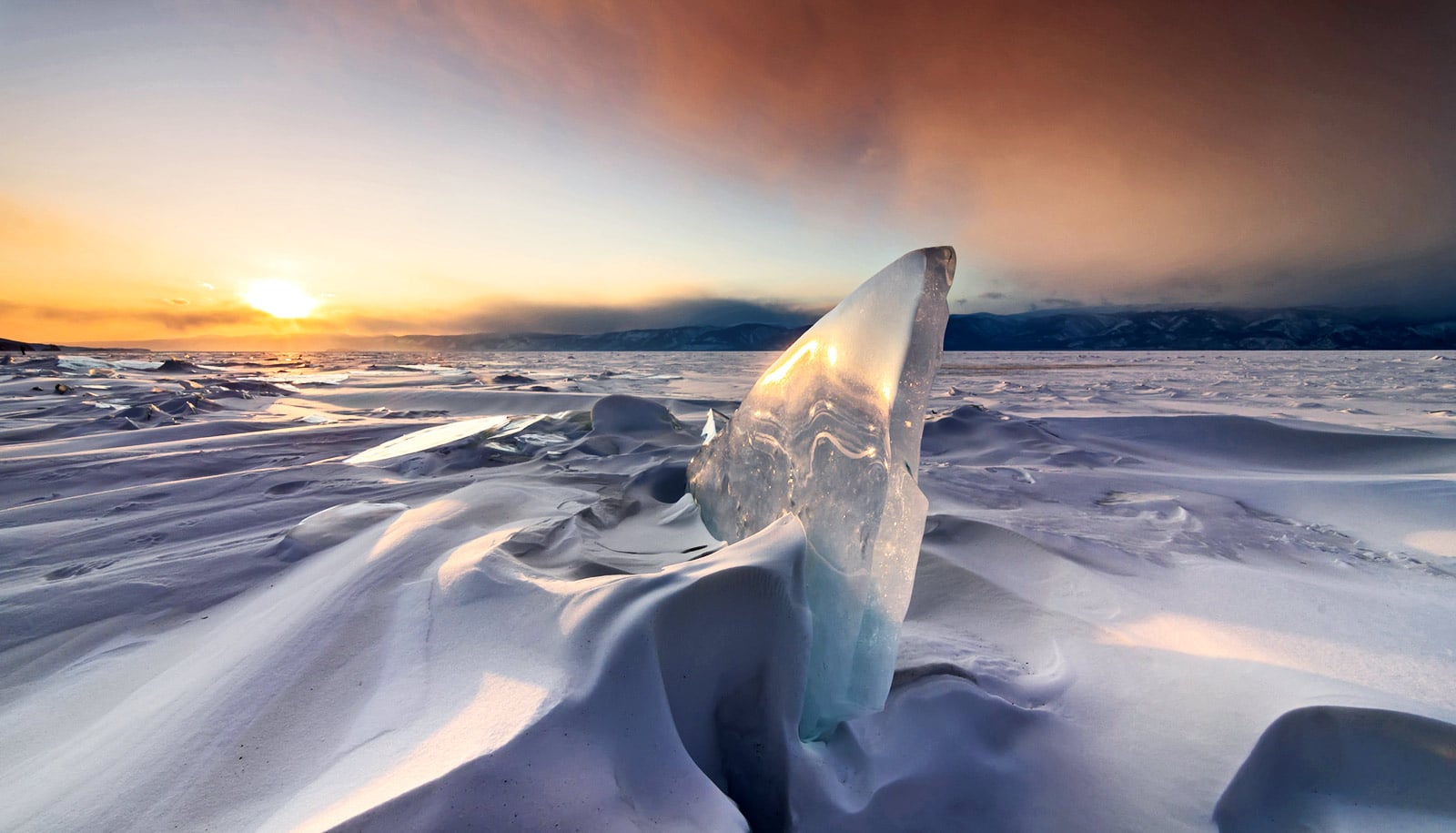Microorganisms in colder climates darken themselves to capture more heat from the sun and improve their chances for survival, a study suggests.
Scientists examined yeasts collected at different latitudes, finding dark-pigmented ones more frequently away from the tropics. Dark-pigmented microbes also maintained higher temperatures under a given amount of light, and in cold conditions had a clear growth advantage over their unpigmented counterparts.
“…pigmentation is an ancient adaptation mechanism for obtaining heat from solar radiation and could be an important variable in modeling climate change.”
Scientists know that some “cold-blooded” animals such as lizards and grasshoppers can adapt to colder or warmer environments by producing more melanin in their skin to darken themselves and capture more heat.
“Our study is the first to find this ‘thermal melanism’ effect in microorganisms,” says Radames J.B. Cordero of Johns Hopkins University’s Bloomberg School of Public Health, and lead author of the study, which appears in Current Biology.
Countless pigmented fungi, bacteria, and other microbial communities exist at cold latitudes, so it is at least conceivable that their passive solar heating mechanism collectively has an impact on climate, researchers say.
“Our results suggest that pigmentation is an ancient adaptation mechanism for obtaining heat from solar radiation and could be an important variable in modeling climate change,” says senior author Arturo Casadevall, professor and chair of molecular microbiology and immunology.
Casadevall’s laboratory specializes in fungal biology. While studying the tolerance of yeasts to temperature changes, he and his team note that darker species were significantly more prevalent at polar and near-polar latitudes than at equatorial latitudes.
They examined 20 differently pigmented variants of the yeasts Candida and Cryptococcus neoformans, which have a wide geographic distribution, and found that the darker ones heated up faster and reached higher temperatures under ordinary sunlight as well as infrared and ultraviolet radiation.
“The darkest yeasts became warmer than the ordinary light-colored ones by as much as 10 degrees centigrade,” says Cordero.
Further, researchers found evidence that this heat-capture strategy enhances a microorganism’s survival in polar climates. At a relatively tropical 23 degrees centigrade (about 73 degrees Fahrenheit), the survival rate of their test microbe, a melanin-darkened version of C. neoformans, declined by about 25 percent compared to a no-melanin version.
Climate cuts number of trash-eating Arctic bugs
By contrast, at a chillier temperature of 4 degrees centigrade (about 39 Fahrenheit), when the population of the lighter microbe began to die off, its darker cousin enjoyed robust growth.
The findings add the new factor of color to consider in studying microbial ecology, particularly with respect to climate change.
“It could help us predict whether a microorganism can survive at a given latitude as temperatures warm up,” Cordero says.
Microbes are numerous at high latitudes and in some polar regions noticeably darken the terrain, so it is possible that they not only respond to climate change but also—through sheer numbers—enhance it. There is already evidence that as glaciers melt, colonies of microorganisms, including dark ones, bloom in the meltwater.
Sunlight and microbes in permafrost add carbon to atmosphere
“As these dark microbes grow, they may set up a positive reinforcing loop in which the area where they grow becomes warmer, speeding the glacial melt so that more dark microbes grow, and they warm things up further, and so on,” Casadevall says.
The National Institutes of Health funded the work.
Source: Johns Hopkins University



